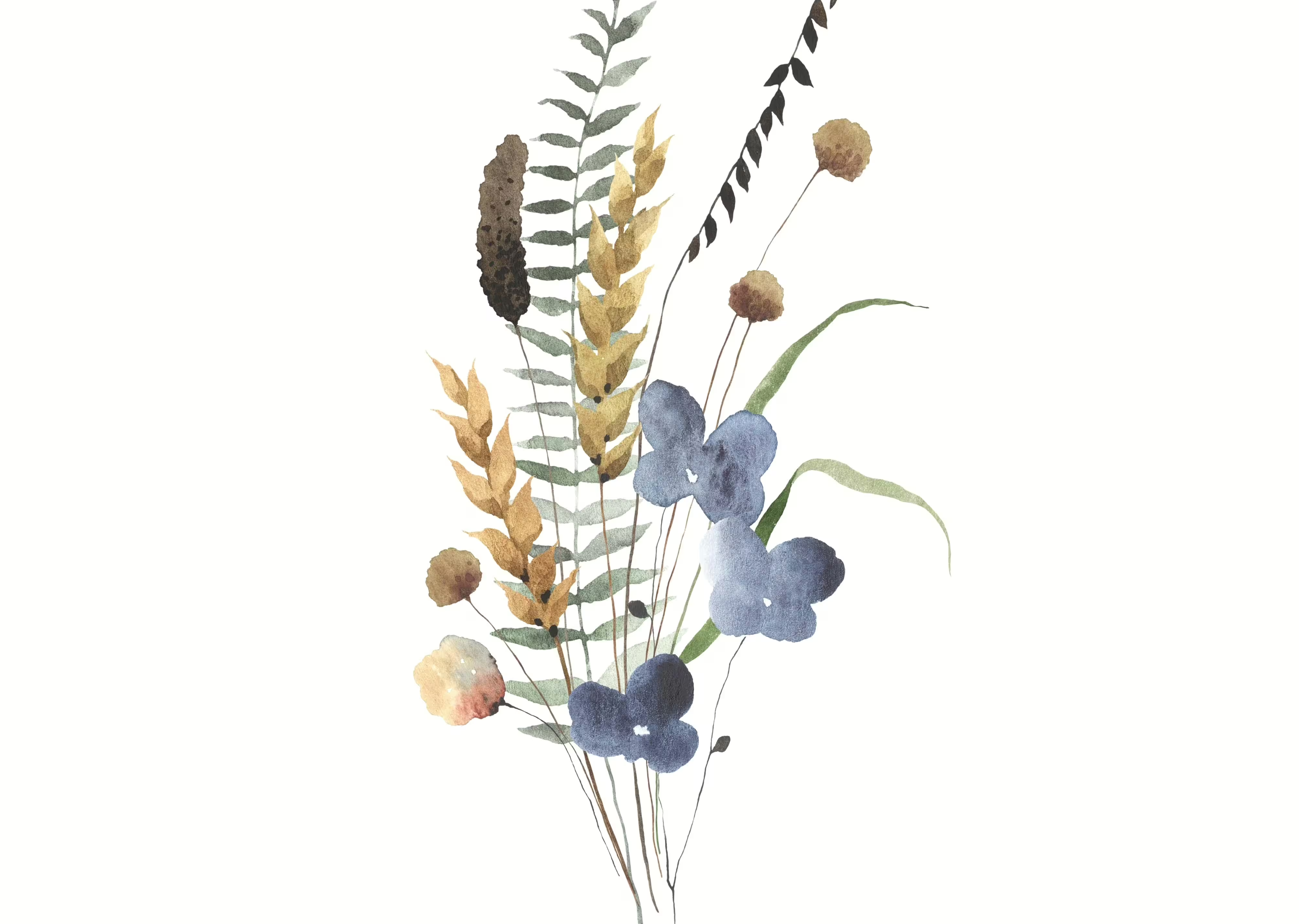The card is a perennial herbaceous plant belonging to the family of Asteraceae. It is commonly known as Cardenette or Coldonette because of its resemblance to the thistle. The card is from Europe and Asia and has been introduced into many other countries around the world. Card is a edible plant that can be used in cooking in various ways. Card leaves are often used in salads and soups, and have a slightly bitter and peppery taste. They can be cooked as spinach or added to quiches, pies or frittatas. The card stems are also edible, although they are generally harder and fibrous than the leaves. They can be cut into small pieces and added to soups or soups, or grilled and served as an accompaniment vegetable. It is important to note that the card contains oxalates, which can be harmful for certain people if they are consumed in large quantities. It is therefore recommended not to consume it excessively and vary your diet by including other vegetables in your diet.
